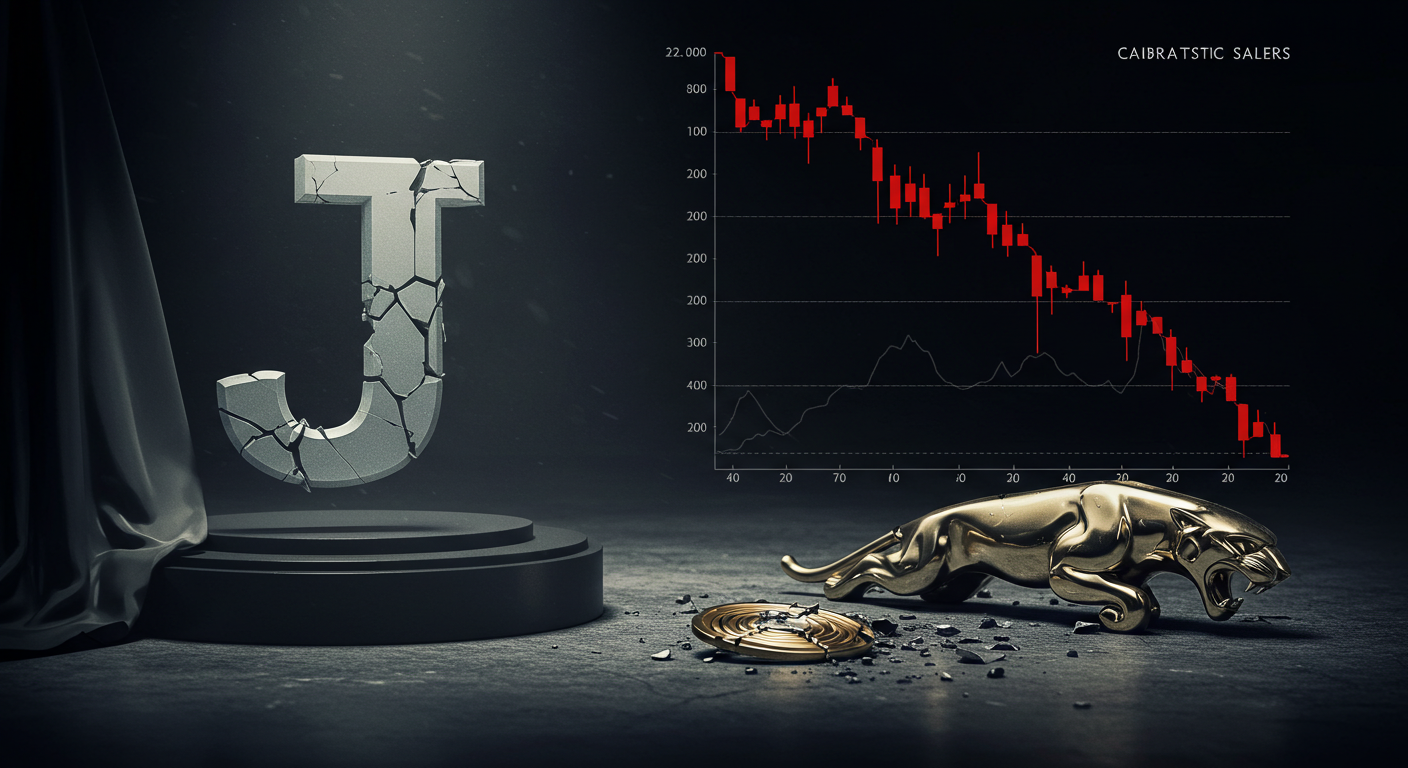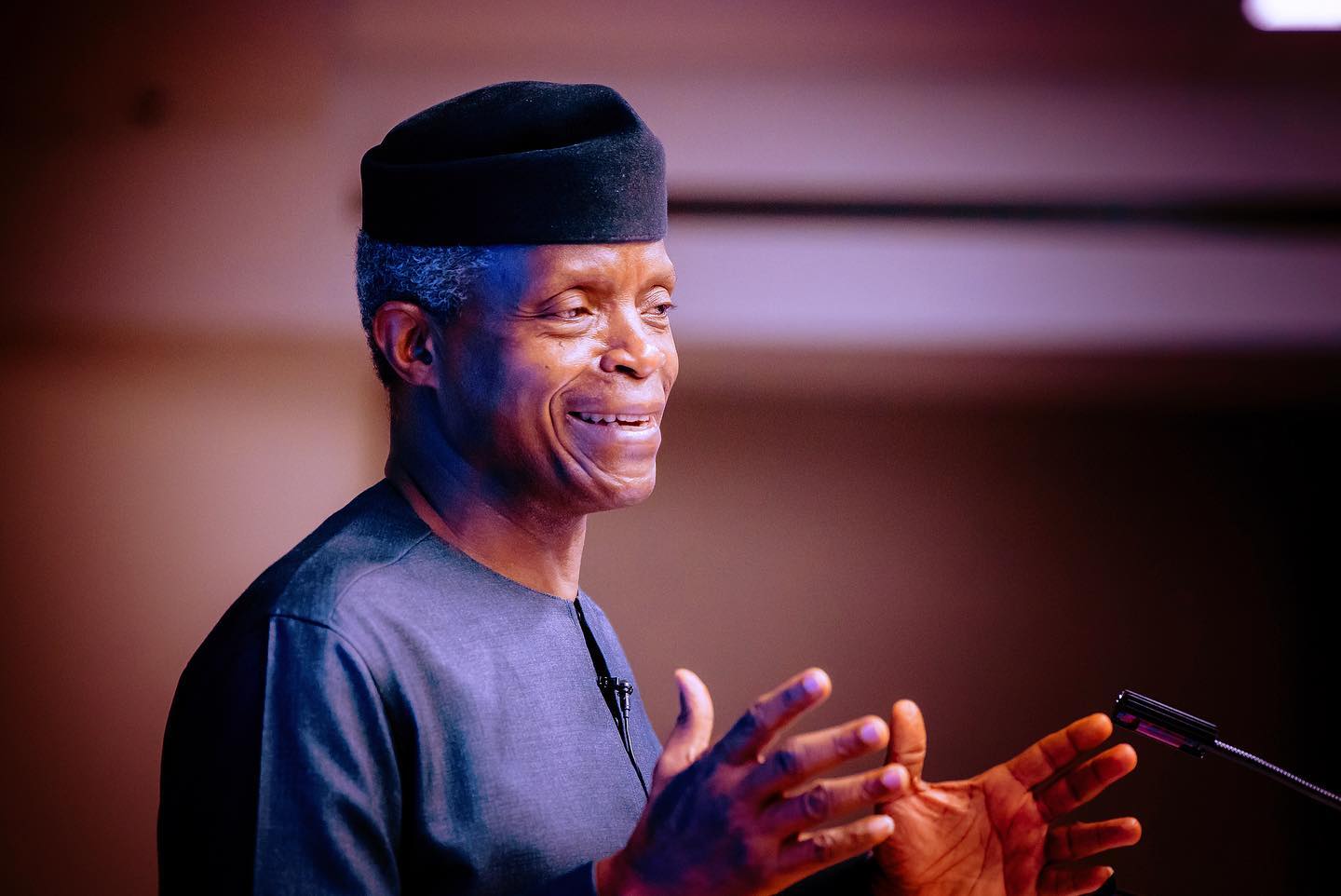Adrian Mardell, CEO of Jaguar Land Rover, will step down. He was in charge for three years and worked for the company for 35. His departure follows what many people call one of the most controversial rebranding efforts in recent memory.
The Rebrand That Sparked Outrage
Jaguar’s new name, “Panthera,” launched in November 2024. It had a simple, one-letter “J” logo. The colorful ad campaign showed no cars. Instead, it used themes like “Copy Nothing” and “Live Vivid,” with unisex models in bright, neon colors.
People quickly and strongly disliked the campaign. Elon Musk made fun of it on X, asking, “Do you sell cars?” Netizens called it “the worst rebrand in history.” Even Jaguar’s design team said the change was too basic and didn’t fit the brand’s history.
The Sales Implosion
The results were terrible and happened right away. Jaguar’s sales in Europe dropped by 97.5% in April 2025. That was a fall from 1,961 units in April 2024 to just 49 units. Sales also dropped sharply around the world. This signals a serious brand problem. Legacy gasoline versions were taken off the market. This left buyers waiting for an all-electric range, but with no car to buy.
A CEO’s Divisive Legacy
Mardell did have previous successes. He oversaw ten profitable quarters in a row and notably reduced debt. Still, critics say the rebranding overshadowed his successes. It alienated Jaguar’s core audience and created an ambiguous brand identity.
Mardell’s departure seems strategically timed. Some argue he always planned to retire. Others suggest the rebranding issue sped up his exit.
What Went Wrong, and What It Means for Brands
1. Brand Heritage Was Altered Without Consent.
Jaguar’s emotional value developed over decades. The brand removed its famous growler logo. The launch campaign had no cars. This disconnected the company from its core identity. The difference between what the company wanted and what customers expected caused strong emotional reactions. These reactions were seen in both social and traditional media.
2. The Timing and Product Gaps Were Critical Failures.
The rebrand happened while the company stopped making combustion models. New electric vehicles were not ready yet. This led to empty dealerships and unhappy customers. Luxury brands like BMW and Audi kept diverse product lines. This helped them navigate a changing market more effectively.
3. The Bold Campaign Gained Attention, But Lost Customers.
Jaguar’s pink-hued campaign got a lot of attention. The “Type 00” EV concept earned tens of millions of views. However, this attention did not turn into belief or purchase intent. Critics from different political groups called the campaign “woke” and disconnected. This perception increasingly overshadowed the intended message.
What Comes Next for JLR?
Jaguar now aims to become an ultra-luxury electric vehicle brand. The new cars will cost more than £100,000. They plan to reintroduce the Type 00 electric grand tourer in late 2025.
In other news, PB Balaji is the new CEO of Jaguar Land Rover. He was the chief financial officer of parent company Tata Motors. This is JLR’s first leadership appointment in India. It signals a shift in both operational and strategic focus.
Reinvention Without Relevance Is Risky
Jaguar’s story is about more than just changing products; it is also about changing who they are. In an EV future, innovation is important. However, it must build on the past, not destroy it. Mardell’s exit is a lesson for all of us. Big campaigns may get people talking, but only a solid plan will bring customers (and CEOs) back.
ALSO WATCH MARKETING EDGE ONTV








Comment
No comments found.